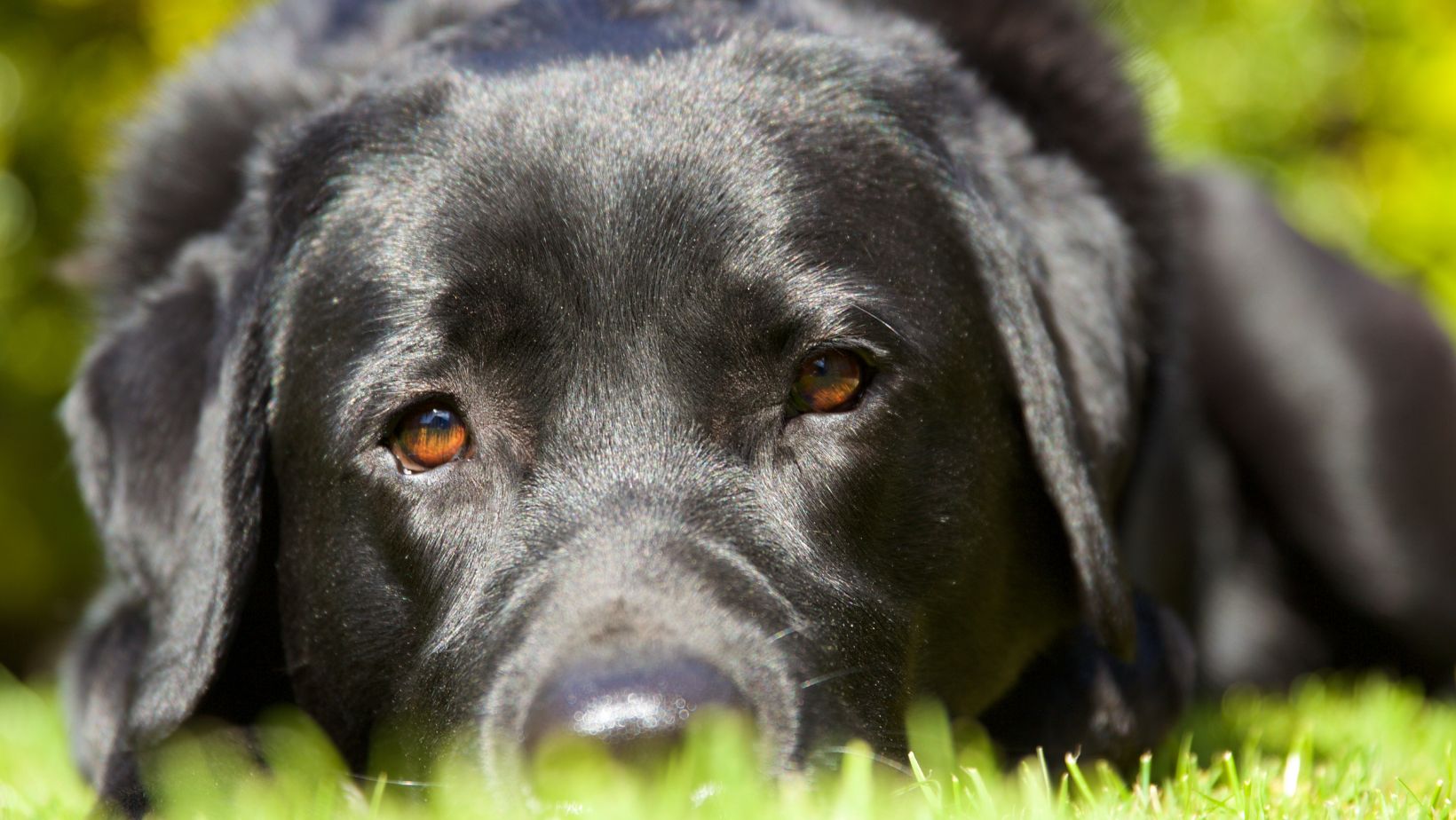Spondylosis in Dogs
Spondylosis is a degenerative condition that affects the spine of dogs, including Labradors. It occurs when there is abnormal growth of bone spurs on the vertebrae, leading to stiffness and discomfort. As Labradors age, they may develop spondylosis due to wear and tear on their joints and intervertebral discs.
One common sign of spondylosis in Labradors is a reluctance to move or difficulty in getting up from a lying position. You may notice your Labrador experiencing stiffness or limping after rest or exercise. Other symptoms include reduced mobility, loss of appetite, changes in behavior such as irritability or aggression, and overall decreased activity levels.
If you suspect that your Labrador may have spondylosis, it’s essential to consult with a veterinarian who can perform a thorough examination. Diagnostic procedures such as X-rays or MRI scans may be necessary to confirm the presence of bone spurs or other abnormalities in the spine. With an accurate diagnosis, treatment options can be explored to manage pain and improve your Labrador’s quality of life.
Remember to always prioritize your Labrador’s health by seeking professional veterinary advice if you have concerns about their well-being. Regular check-ups and early detection can make a significant difference in managing conditions like spondylosis effectively.

Understanding Spondylosis in Labradors
Spondylosis is a common degenerative condition that affects the spinal column of Labradors. As an expert, I’ll provide you with an overview of this condition and its impact on our beloved furry friends.
Labradors, known for their playful and active nature, are prone to developing spondylosis as they age. This condition primarily affects the vertebral bones in their spine, leading to the formation of bony growths called osteophytes. These osteophytes can develop along the edges of the vertebrae and may even bridge adjacent vertebrae over time.
Here are some key points to help you understand spondylosis in Labradors:
- Causes: The exact cause of spondylosis in Labradors is still uncertain. However, it is believed to be a result of aging and wear-and-tear on the spine over time. Factors such as genetics, obesity, repetitive motion injuries, and previous spinal trauma may also contribute to its development.
- Symptoms: Spondylosis in Labradors often manifests with varying degrees of pain and stiffness in the affected areas of the spine. Common signs include difficulty walking or climbing stairs, reluctance to jump or play vigorously, reduced flexibility, and changes in posture or gait.
- Diagnosis: To diagnose spondylosis in Labradors accurately, veterinarians typically perform a thorough physical examination combined with imaging tests such as X-rays or CT scans. These tests help visualize any abnormal bone growths or changes within the spinal column.
- Treatment options: While there is no cure for spondylosis, several treatment options can help manage its symptoms effectively. These may include nonsteroidal anti-inflammatory drugs (NSAIDs) for pain relief, physical therapy exercises to improve mobility and strengthen supporting muscles, weight management to alleviate stress on the spine, and in severe cases, surgical intervention to address spinal instability.
- Prevention: While spondylosis cannot be entirely prevented, there are steps you can take to reduce the risk and slow down its progression. Maintaining a healthy weight for your Labrador, providing regular exercise with controlled impact activities, and ensuring proper nutrition can help support their overall spinal health.
In conclusion, understanding spondylosis in Labradors is essential for early detection and appropriate management of this degenerative condition. By being aware of the causes, symptoms, diagnosis methods, treatment options, and preventive measures associated with spondylosis, we can provide our Labradors with the best possible care as they age gracefully.